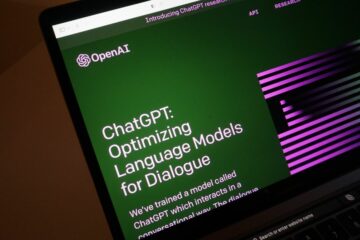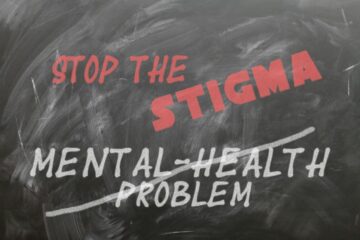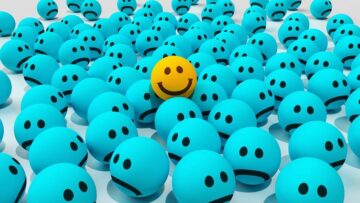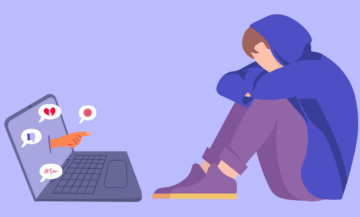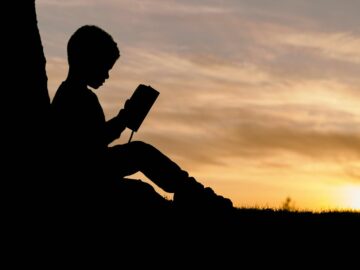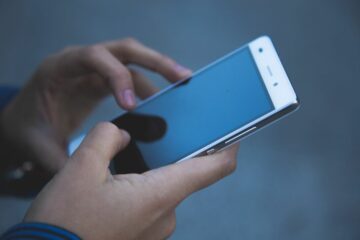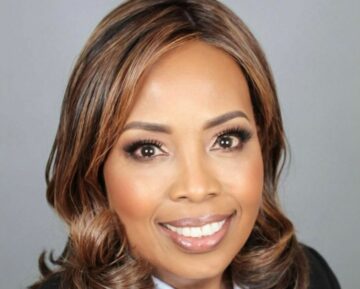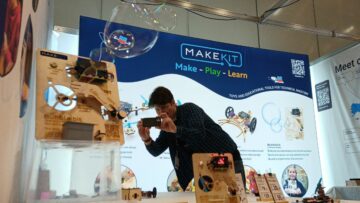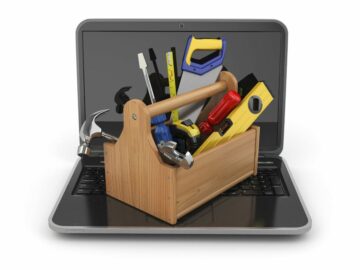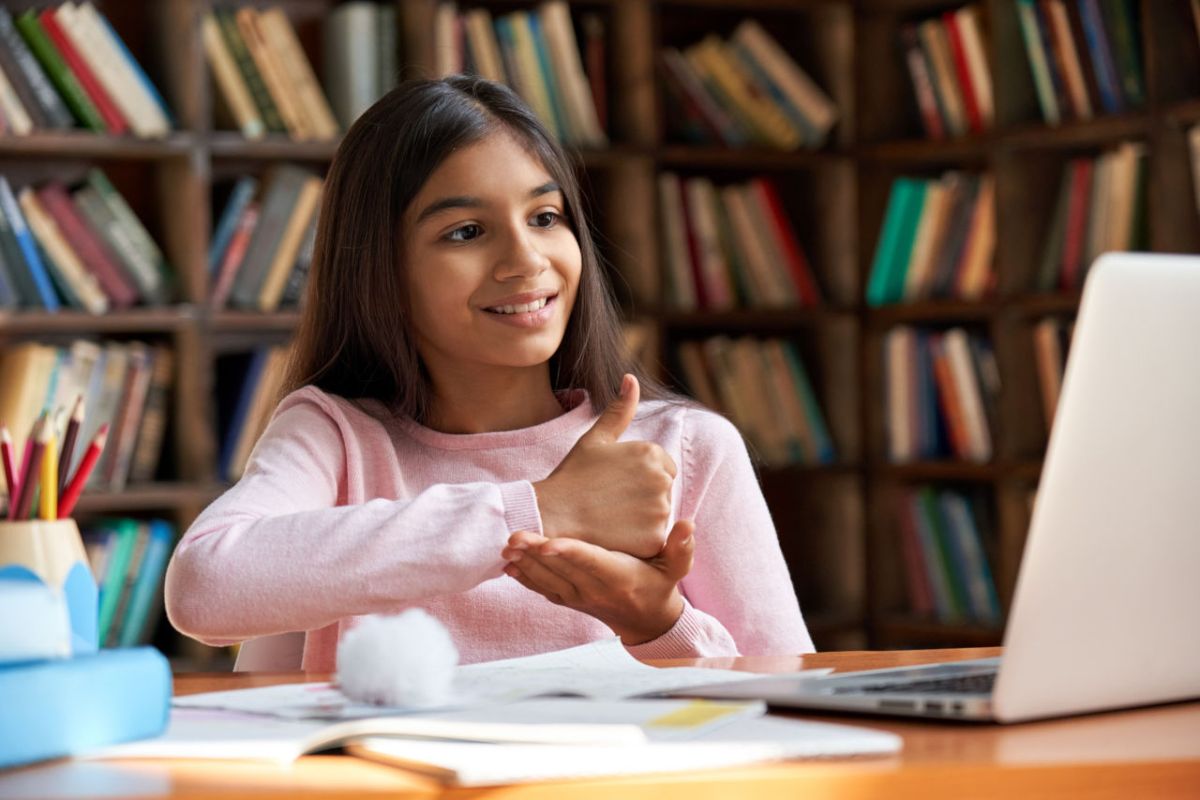
National Deaf History Month is a great opportunity for educators to teach all students about the history, accomplishments, and culture of deaf people. National Deaf History Month runs March 13 to April 15 each year in the U.S.
National Deaf History Month was started in the 1990s after two deaf employees at the Martin Luther King, Jr. Memorial Library in Washington, D.C., started teaching sign language to other employees. This grew into a month promoting understanding of the death community that ultimately inspired the National Association of the Deaf to propose a national month-long recognition period.
According to one estimate (opens in new tab) about 3.6 percent of the U.S. population, or 11 million people, are deaf or have serious difficulty hearing. National Deaf History Month is a great time to teach all students more about inclusion and the accomplishments of deaf people in the arts, education, sports, law, science, and music.
Learn More About a Recent ASL Star (opens in new tab)
Justina Miles recently made history when she performed with Rihanna at the 2023 Super Bowl halftime show. The 20-year-old Miles became the first deaf ASL performer in Super Bowl history and went viral on social media for her energetic performance. Discussing Miles’ performance and story is the perfect lead-in to a larger classroom discussion about what ASL is and why it is needed.
Share My Lesson Deaf Awareness Teaching Resources (opens in new tab)
A fine selection of lessons for both hearing and deaf children that cover topics including American Sign Language, historical texts, and whether deafness is a disability. Searchable by grade, subject, and standards.
Look, Smile, Chat: Deaf awareness lesson plans for teachers (opens in new tab)
These PDF lesson plans for students aged 11-16 years aim to help hearing kids better understand deafness, deaf culture, and the lives of deaf people, as well as communication between deaf and hearing kids.
ASL University (opens in new tab)
Created by a longtime professor of American Sign Language and Deaf Studies, ASL University offers free American Sign Language lessons and videos. Be sure to meet the creator Dr. Bill Vicars (Deaf/hh) on his YouTube channels, Signs and Bill Vicars.
Thomas Hopkins Gallaudet (opens in new tab)
Throughout history, deaf people were often seen as uneducable and mentally deficient. A giant in the field of education, Thomas Hopkins Gallaudet believed otherwise, and founded the first school for the deaf in the U.S. This biography explores his life, philanthropic endeavors, and contributions to deaf education.
Heathens Among Us: The Origins Of American Sign Language (opens in new tab)
What was life like for a deaf person in the 1800s? How were deaf people viewed by most of society in the 19th century? This resource-rich lesson about the birth and proliferation of American Sign Language emphasizes understanding the social context of the times—and how attitudes have changed.
Laura Redden Searing – First Deaf Female Journalist (opens in new tab)
Imagine the uphill battle a young woman of the 19th century must have waged to establish a career as a journalist. Now imagine she is also deaf—suddenly that hill is even steeper! But nothing stopped Searing, who was not only a journalist and editor, but also a published poet and author.
Charles Michel de l’Epee (opens in new tab)
A pioneer who founded the first public school for the hearing impaired in France, Epee bucked the trends of the time, asserting that deaf people deserve an education and equal rights. He developed the manual language that eventually became French Sign Language (from which American Sign Language sprang). Truly a giant of history.
14 Deaf and Hard-of-Hearing People Who Changed the World (opens in new tab)
From Thomas Edison to Helen Keller to Chella Man, these deaf scientists, educators, athletes, and activists excelled in a hearing world.
Alice L. Hagemeyer (opens in new tab)
Who was Alice Lougee Hagemeyer? Learn how this deaf librarian combined her love of reading with advocacy for the deaf community.
Deaf Culture 101 (opens in new tab)
From the Iowa School for the Deaf, this upbeat, frank, and funny video educates hearing people about the diverse experiences of living as a deaf person in a hearing world.
Deaf People Answer Commonly Googled Questions About Being Deaf (opens in new tab)
What kind of questions do internet users ask Google about deaf people? If you guessed, “Do deaf people think?” you’d be sadly correct. But hidden among the absurd questions are some really interesting ones, such as “Do deaf people have an inner voice?” These and other questions are answered with insight, honesty, and humor by the talented and engaging guides, Mixxie and Lia.
ASL and Deaf Culture (opens in new tab)
Deaf people discuss how American Sign Language is an integral part of deaf culture and expression. Narrated for the hearing audience.
Helen Keller | Author, Advocate, and Activist (opens in new tab)
A detailed, standards-based lesson on the accomplishments of Helen Keller, the amazing deaf-blind speaker, author, and activist, who championed the rights of people with disabilities and women. Shareable via Google classroom or by link.
Helen Keller Archive Lesson Plans (opens in new tab)
Three Common Core standard-based lessons help students learn about primary and secondary sources, using archives for research, and Helen Keller’s role in the women’s suffrage movement.
History through Deaf Eyes (opens in new tab)
From the world-renowned institute of higher learning, Gallaudet University, the History Through Deaf Eyes Online Exhibition explores the lives of deaf people and social attitudes toward deaf language and education through the years.
How Do Deaf People Experience and Enjoy Music?
Hearing people may be surprised to learn that deaf people can sense, process, enjoy, and make music. Ask your hearing students to write what they think music is like for deaf people. Have them read one or more of the following articles. Then ask them to write how their views have changed and what they learned about deaf music appreciation.
Sound System Allows Deaf People to Experience Music Like Never Before (opens in new tab) Wearable technology allows deaf people to perceive music directly through their body.
How Deaf People Experience Music (opens in new tab) The science behind hearing, and how brain plasticity makes up for a loss of hearing.
Can Deaf People Hear Music? (Answer: Yes, They Can) (opens in new tab) How deaf people use vibrations and sign language to appreciate and interact with music
How Do Deaf People Experience Music? (opens in new tab) Shaheem Sanchez is a deaf dancer and instructor who learns songs through musical vibrations.
How Do We Listen When We’re Unable to Hear? (opens in new tab) Deaf Grammy-winning percussionist and recording artist Evelyn Glennie answers this question with insight and grace.
11 Ways to Honor Deaf Awareness (opens in new tab)
Great ideas for promoting awareness and understanding of deaf life and culture, from reading books with deaf characters, to trying out lipreading, to researching the accomplishments of famous deaf people. Be sure to check out the “Unfair Spelling Test,” which illustrates how words become garbled with loss of hearing above 1000 hz.
- SEO Powered Content & PR Distribution. Get Amplified Today.
- Platoblockchain. Web3 Metaverse Intelligence. Knowledge Amplified. Access Here.
- Source: https://www.techlearning.com/news/best-deaf-awareness-lessons-and-activities
- :is
- $UP
- 11
- 2023
- a
- About
- above
- accomplishments
- Activist
- activists
- activities
- advocacy
- advocate
- After
- aged
- All
- allows
- amazing
- American
- among
- among us
- and
- answer
- answers
- appreciate
- appreciation
- April
- Archive
- ARE
- articles
- artist
- Arts
- AS
- Asserting
- Association
- At
- athletes
- audience
- author
- awareness
- Battle
- BE
- become
- behind
- being
- believed
- BEST
- Better
- between
- Bill
- birth
- body
- Books
- Brain
- by
- CAN
- Career
- Century
- championed
- channels
- characters
- check
- Children
- Cms
- CNBC
- combined
- Common
- commonly
- Communication
- community
- context
- contributions
- Core
- cover
- creator
- Culture
- D.C.
- Death
- deserve
- detailed
- developed
- Difficulty
- directly
- disabilities
- Disability
- discuss
- discussing
- discussion
- diverse
- each
- Edison
- editor
- Education
- educators
- employees
- endeavors
- engaging
- enjoy
- establish
- Even
- eventually
- exhibition
- experience
- Experiences
- Eyes
- famous
- female
- field
- fine
- First
- following
- For
- Founded
- France
- Free
- French
- from
- funny
- giant
- grade
- great
- guessed
- Guides
- Have
- hear
- hearing
- help
- Hidden
- higher
- historical
- history
- How
- HTML
- HTTPS
- Humor
- ideas
- in
- Including
- inclusion
- insight
- inspired
- Institute
- integral
- interact
- interesting
- Internet
- Iowa
- IT
- journalist
- jpg
- kids
- Kind
- King
- language
- larger
- Law
- LEARN
- learned
- learning
- lesson
- Lessons
- Library
- Life
- like
- LINK
- Lives
- living
- loss
- love
- made
- make
- MAKES
- man
- manual
- March
- Martin
- Media
- Meet
- Memorial
- million
- Month
- more
- most
- movement
- Music
- musical
- narrated
- National
- needed
- New
- of
- Offers
- on
- ONE
- online
- opens
- Opportunity
- Other
- otherwise
- part
- People
- percent
- perfect
- performance
- performer
- period
- person
- philanthropic
- pioneer
- plans
- plato
- Plato Data Intelligence
- PlatoData
- population
- primary
- process
- Professor
- promoting
- propose
- public
- published
- question
- Questions
- RE
- Read
- Reading
- recent
- recently
- recognition
- recording
- research
- rights
- Role
- s
- School
- Science
- scientists
- secondary
- selection
- sense
- serious
- show
- sign
- Social
- social media
- Society
- some
- Sources
- Speaker
- Sports
- standards
- started
- stopped
- Story
- Students
- studies
- subject
- such
- Super
- Super Bowl
- surprised
- system
- talented
- Teaching
- Technology
- test
- that
- The
- their
- Them
- These
- Think
- Thomas Edison
- Through
- time
- to
- Topics
- toward
- Trends
- u.s.
- Ultimately
- understand
- understanding
- university
- us
- use
- users
- via
- Video
- Videos
- views
- Voice
- washington
- ways
- wearable
- wearable technology
- WELL
- What
- whether
- which
- WHO
- with
- woman
- Women
- words
- world
- world-renowned
- write
- year
- years
- young
- Your
- youtube
- zephyrnet

